The motor on an electric tricycle tends to be the heaviest component. Where you place it inside the trike frame can affect the overall stability and riding experience.
It can also impact how much weight you can carry, the effective battery range, the durability of the tricycle and many more.
Currently, you can find three types of placement options for electric tricycles. This includes mounting the motor on the:
- Front-wheel hub

- Rear-differential

- Middle (inside the bottom bracket).
The middle position is always reserved for mid-drive motors. Meanwhile, hub motors are generally installed on the front or rear.
Let’s compare rear-drive motors and front-hub motors on electric tricycles. This will help you get an idea about the riding experience and which option works best for you.
Rear-Drive Motors VS Front Hub Motor: What Are They?
As the name says, electric trike bikes with rear-drive motors have the motor placed between the two rear wheels. They are almost always coupled to a rear differential, providing equal power to the rear wheels but allowing them to rotate independently.
Meanwhile, front-hub motors are directly fixed to the hub of the front wheel on an electric trike. Unlike rear drives, the motor rotates the front wheel's hub.
That said, electric tricycles with front-hub motors can also have a rear differential but it’s simply connected to the drive-train/chain.
- Performance and Efficiency
Most of the time, the motor placement of electric tricycles is simply a matter of rider preference and its intended applications. So if a rider needs an electric tricycle that’s fast, efficient and lightweight, front-hub motors can be a better choice.
On the flip side, if the rider wants something sturdy, can handle a lot of weight and navigate harsh terrain, a rear-mounted motor is ideal.
So in terms of raw performance, rear-mounted motors are the better choice. They have better traction and stability because of the rear-wheel placement. This helps you climb steep hills, carry heavier loads and maintain control when riding through rugged terrain.
The Addmotor ARISETAN is one of the best examples of an electric tricycle with a rear-drive motor. It can handle the rider’s semi-recumbent position while also keeping things stable when riding through sand, snow and rocky terrain.
Front-mounted motors are a good choice for those who prioritize ease of maintenance, but they may not be the best option for riders who need more traction and stability on varied terrains.
- Riding Experience
A major point of contention when comparing these two motor placements is the overall ride feel or riding experience. This is where many eTrike riders are split when deciding between a rear-mounted setup or a front-mounted motor.
Since front-mounted motors rotate the front-mounted hub in the front wheel, it gives a sort of pulling sensation. You might feel like you’re getting pulled forward like in a horse cart or buggy.
Trike Bike’s Sobowo fat trike is one of the most popular trikes with a front-mounted hub motor. This trike can handle a lot of weight but gives out that specific “pull” feel when riding.
Many riders dislike this pulling sensation given out by front hub motors. They prefer the more traditional and natural “push-feel” you can experience from a scooter or motorcycle.
So while front-mounted motors make you feel like you’re getting pulled along, rear-mounted motors do the opposite. They push you forward, which many riders prefer, especially since they mimic the feeling of traditional bikes.
- Safety
Even if electric tricycles are more stable than two-wheeled electric bikes, they can still flip over. So you need to be careful, especially when riding at higher speeds or navigating harsh terrain.
The motor placement can also impact how easy it is to control the trike during an emergency. Rear-drives, for instance, are considered the safest option because of their improved traction and stability. Rear-drive motors have more heft, which makes it easier to control steering of the trike handlebars during precarious situations.
Meanwhile, front-mounted motors can be somewhat unreliable during emergencies. Because they pull the front wheel that’s directly connected to the handlebars, it can start to wobble. This is especially true when making turns at higher speeds or on unpaved roads.
- Maintenance and Durability Aspects
Besides performance and ease of use, we also have to account for long-term considerations like the durability and maintenance aspects. With electric trike bikes, we want something that’s going to last several years and cheap to repair, replace and service.
Front-mounted hub motors are perfect for this. They have a simpler construction, making them affordable and easy to perform maintenance on.
Trike repair technicians and DIYers can easily remove and start working on a front-mounted hub. Also, since they have fewer moving parts and less intensive components coupled into them, front-mounted hub motors tend to be more durable.
Meanwhile, fixing rear-mounted motors can be difficult. On most electric tricycles, rear-mounted motors are connected to the differential and a dedicated housing mechanism. It’s difficult to access and even make slight repairs or maintenance.
So if you need something durable and easy to maintain, front-mounted motors are best. However, the quality of the motor and how you ride the tricycle matters as well.
- Cost and Availability
As mentioned, electric tricycles with front hub motors have a simpler construction. This means, they are easier to manufacture and don’t cost as much.
So as you can tell, electric trikes with front hub motors tend to be more affordable. Also, thanks to their high power efficiency and intended use cases, they have lighter frames and batteries with lowered capacities. These can help manufacturers cut down on costs.
Meanwhile, electric trikes with rear-mounted motors are significantly expensive. The integration with the drivetrain is more complicated. Besides, the rear-mounted motor needs to be more sturdy to account for the weight balance and other factors.
Manufacturing an electric trike with a rear-mounted motor is more expensive. This will ultimately reflect the price tag.
Choose the Right Electric Trike
Except for mid-drive motors, electric trikes tend to come with either a front hub motor or a rear-mounted motor.
Electric trikes with front-mounted motors can be somewhat unusual because they give out a “pulling sensation.” That said, they are cheaper, easier to maintain and don’t drain the battery as much.
Meanwhile, rear-mounted motors are more reliable since they offer increased traction and stability. On the flip side, they can be difficult to maintain and drive up the price of an electric tricycle.
So if you’re torn between the two, it might be best to consider your budget and use cases. If you need something light for city cruising a front-mounted motor is good enough. However, if you’re not worried about price or battery range, a rear-mounted motor is always the better choice.

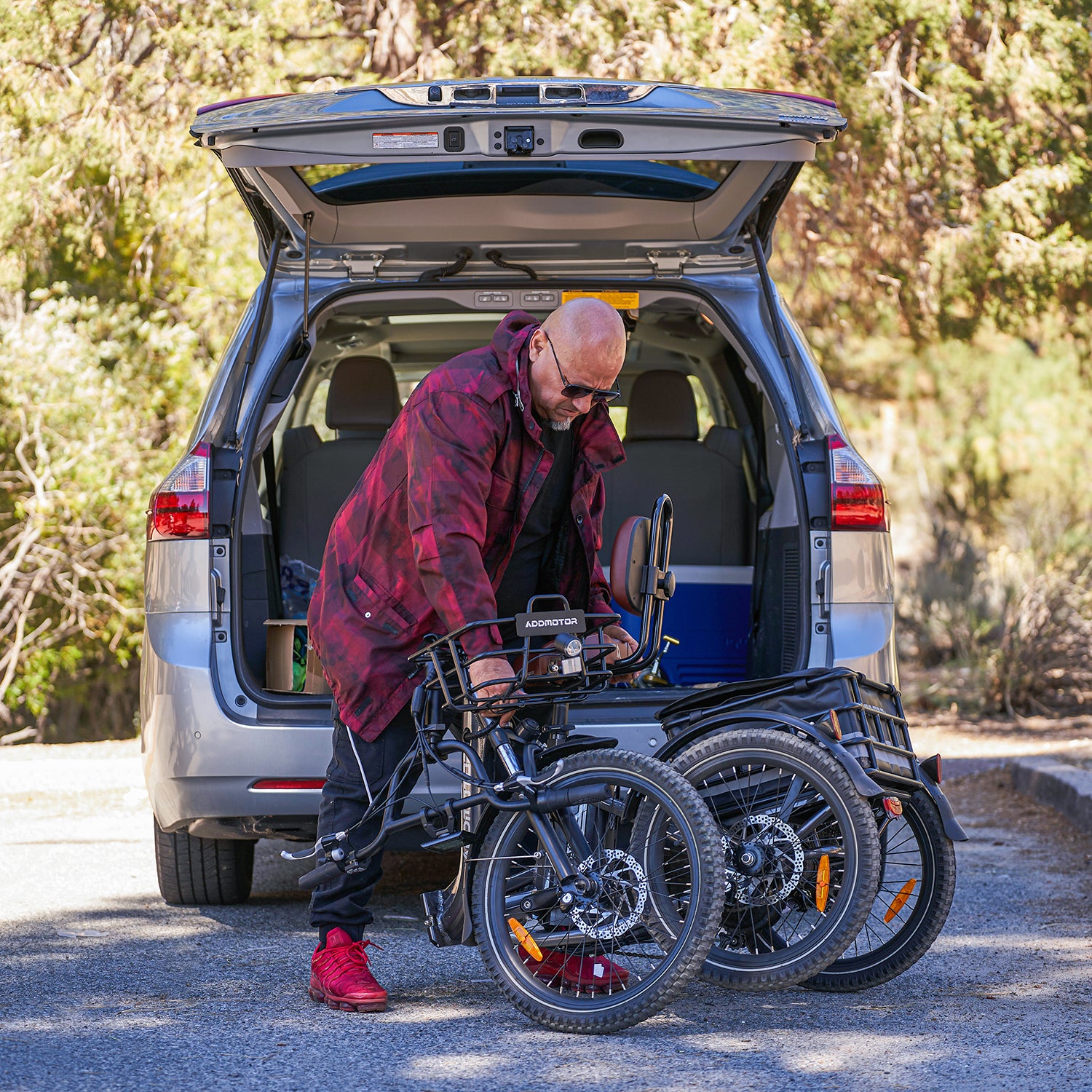
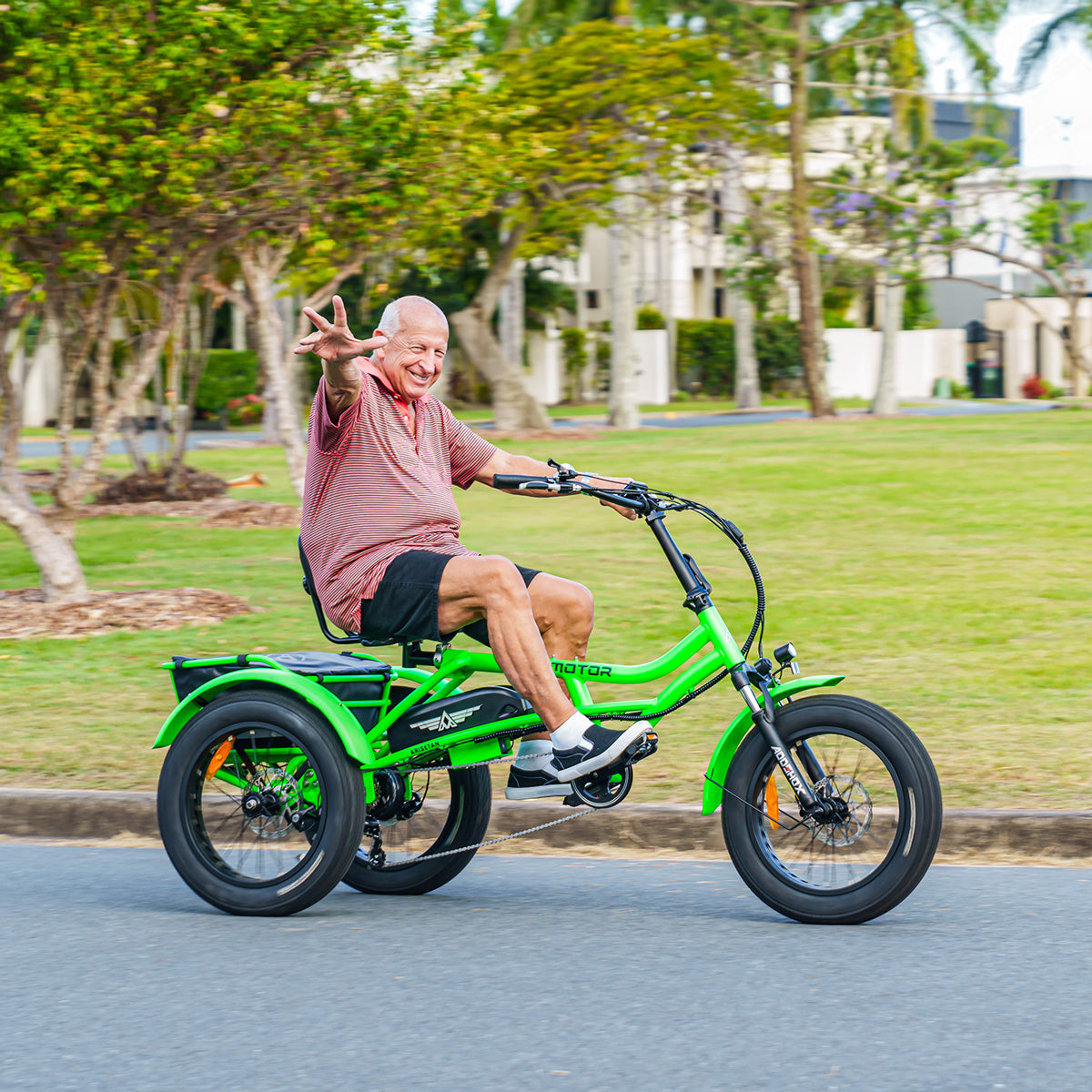
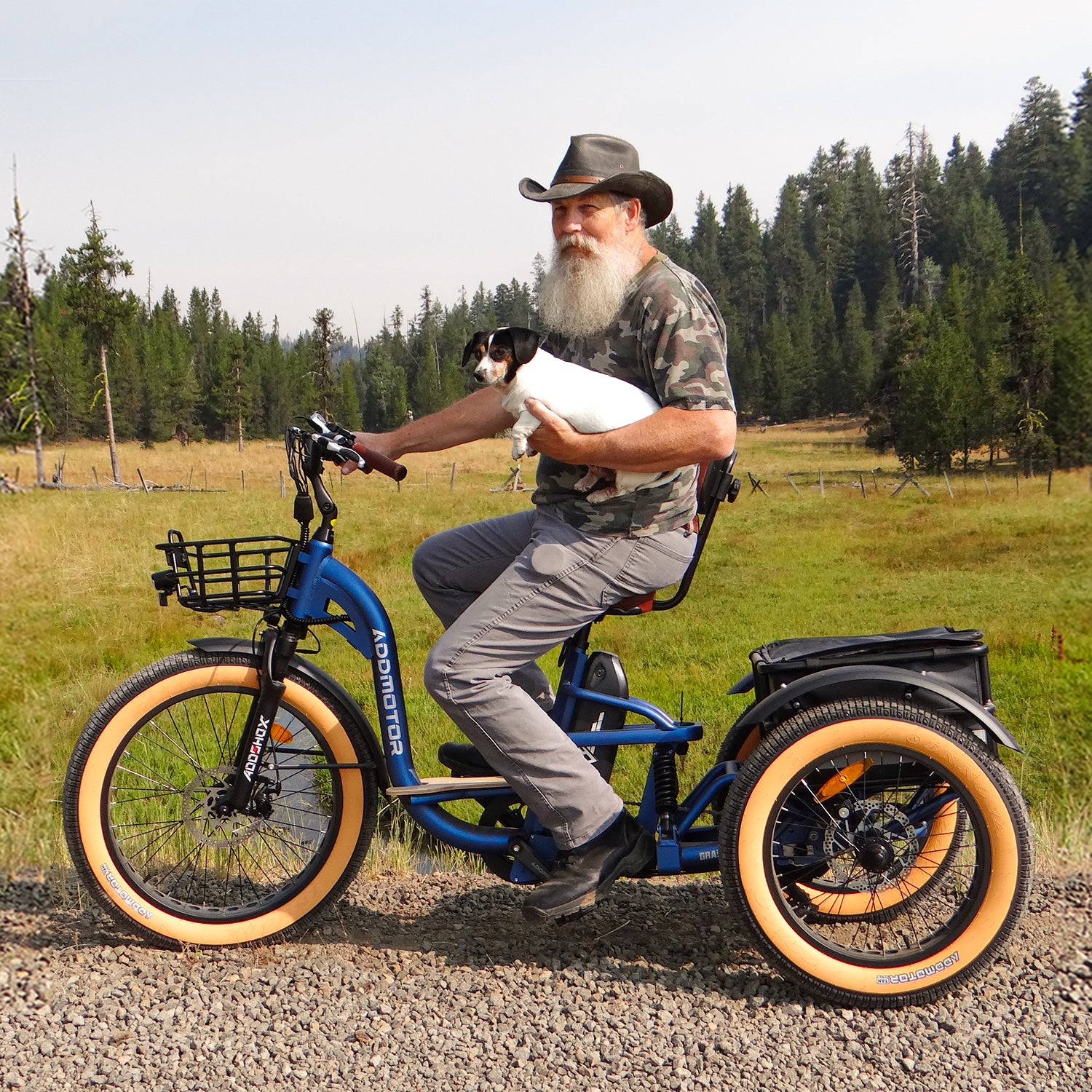
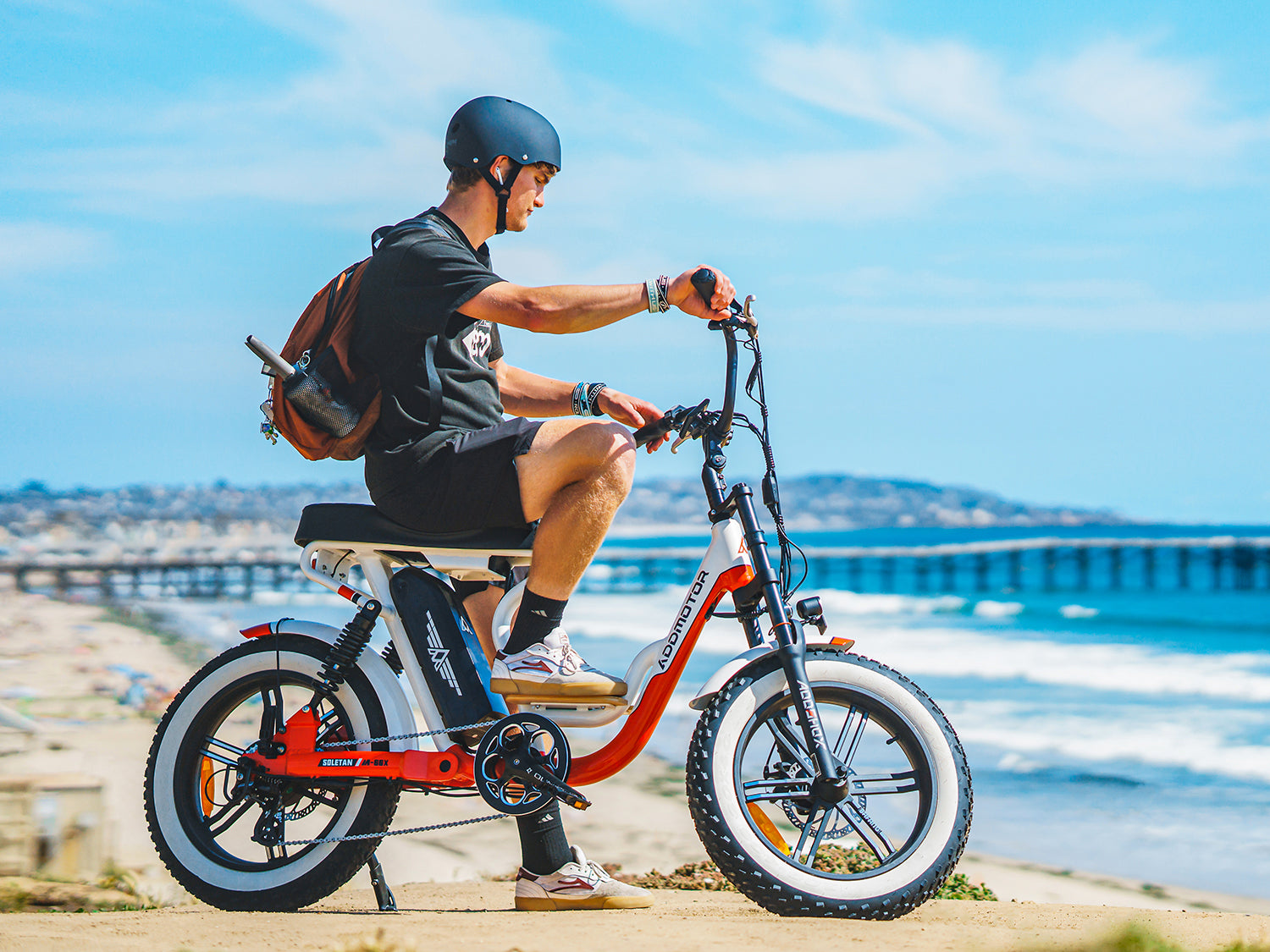
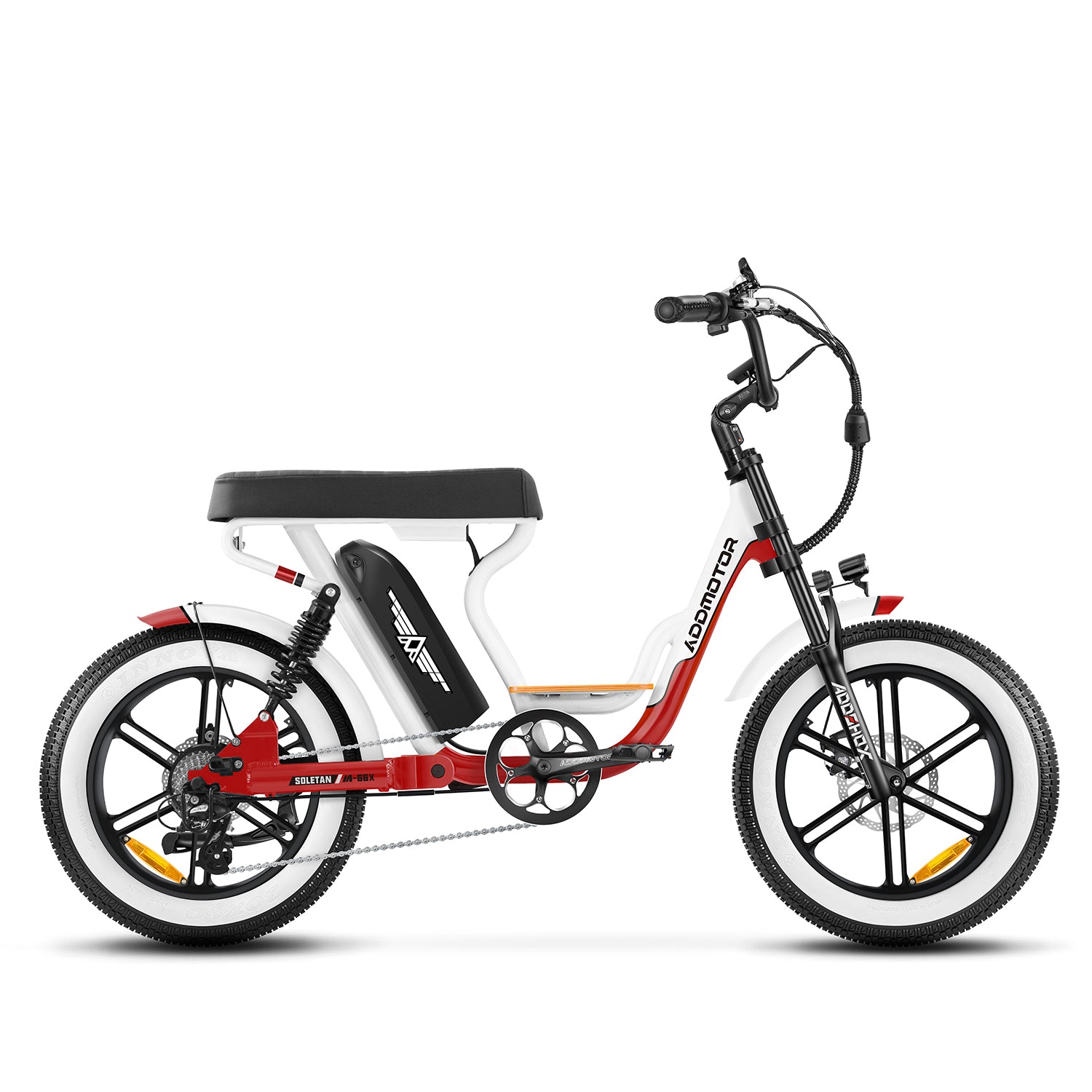
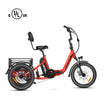
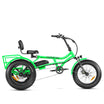
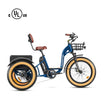
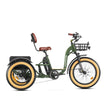
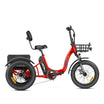
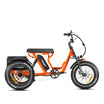
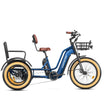
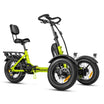
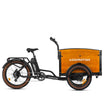

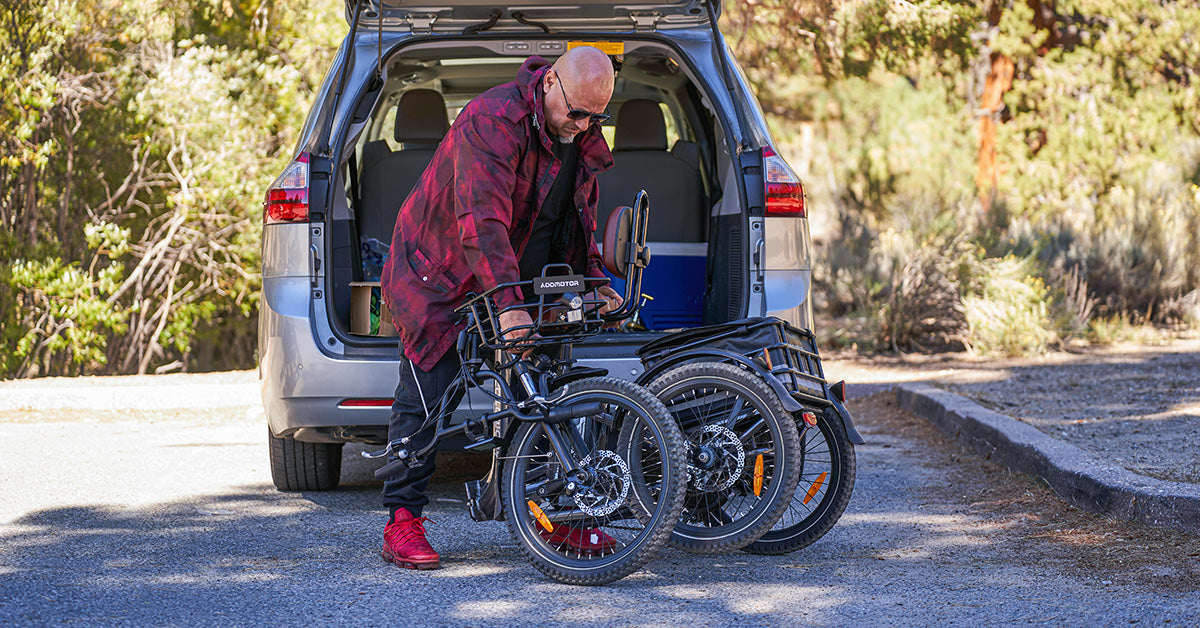
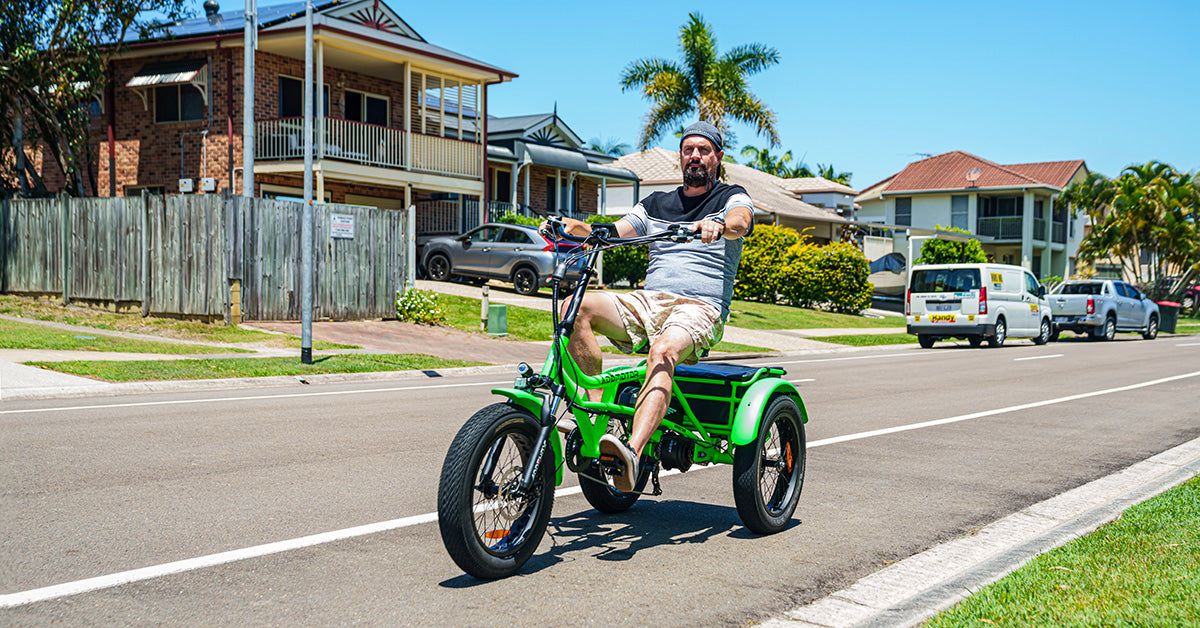
Leave a comment
This site is protected by hCaptcha and the hCaptcha Privacy Policy and Terms of Service apply.